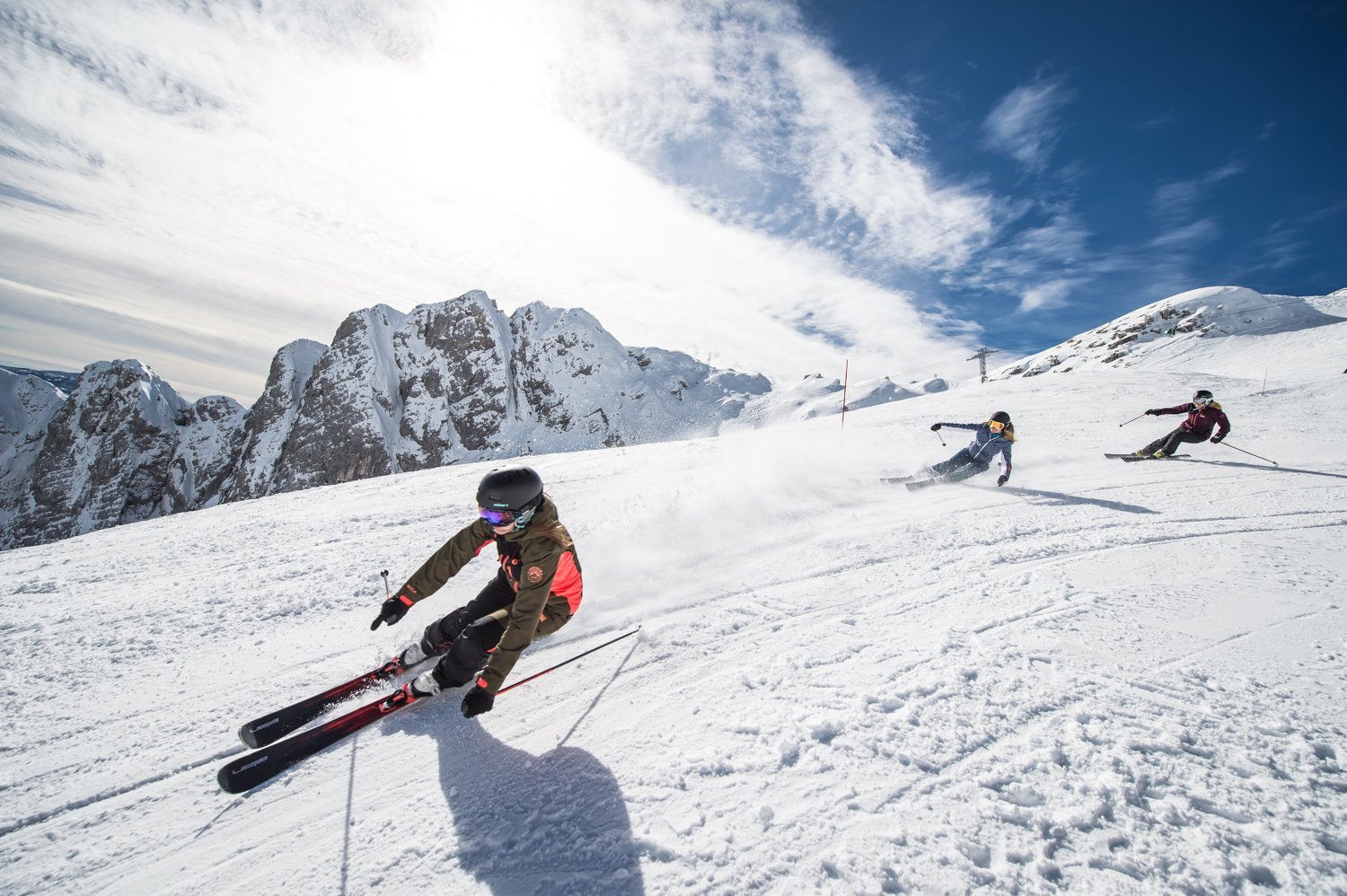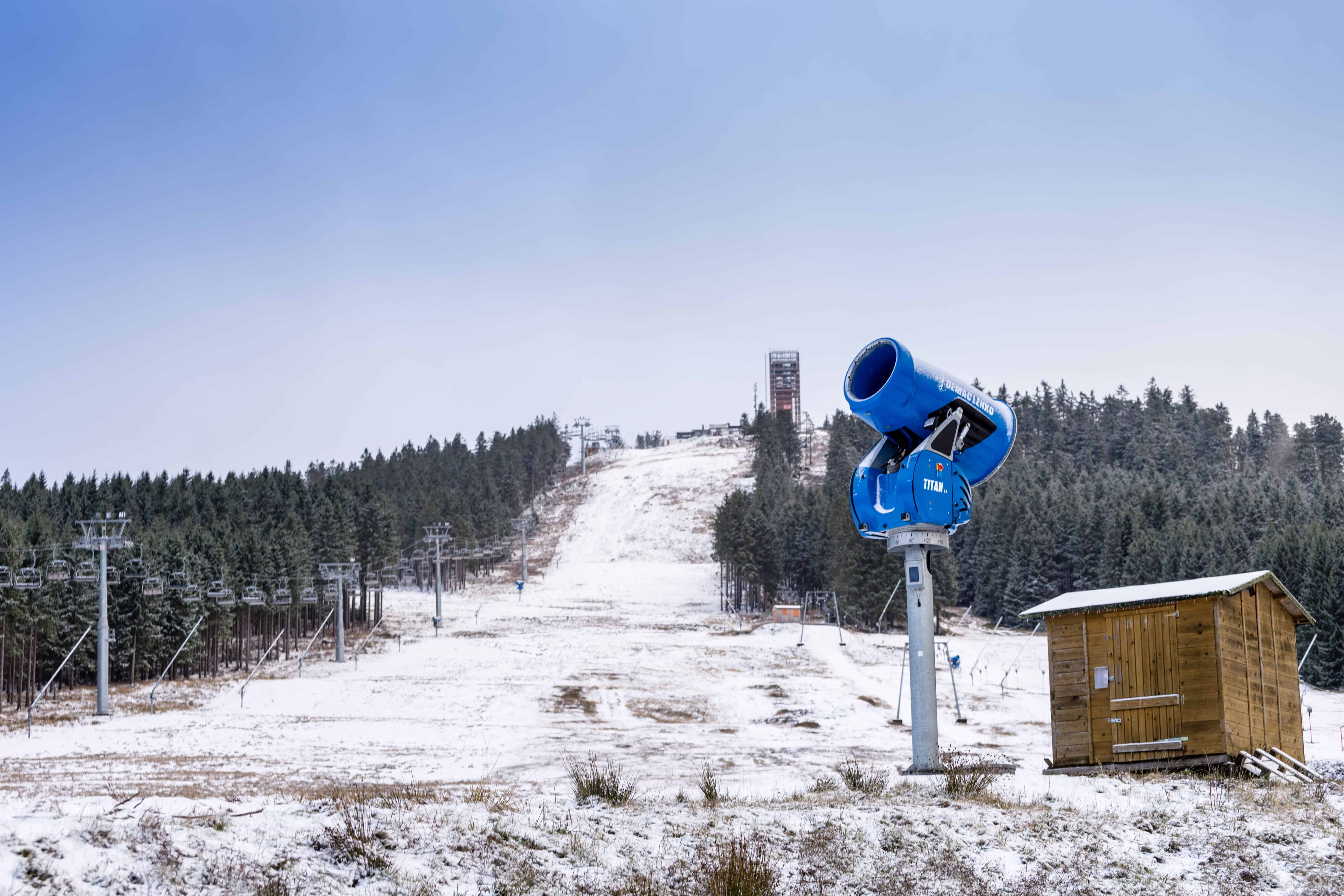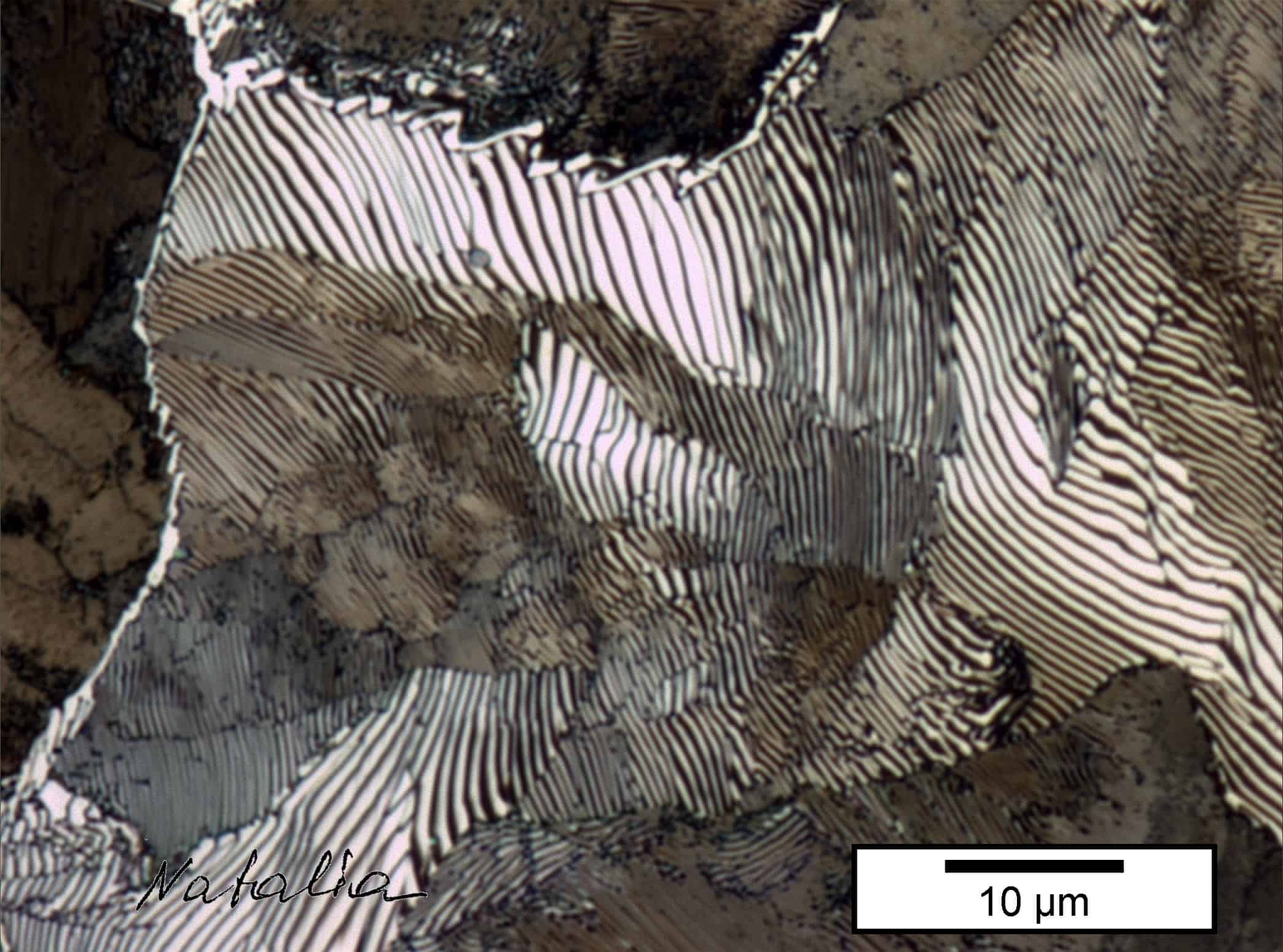
In the laboratories of the industry, ski technologies that combine lightness and stability are developed. The goal? Skiing should become even more effortless. Part 2 of our series on striking technological innovations in skiing.
The ski and snowboard industry strives for light and efficient products. Skiing should become even more effortless. This goal is compatible with sustainability in advanced production concepts. But: the intelligent ski is still in the pilot phase.
Lightness and performance are two contrasting concepts. To bring them together means to eliminate superfluous material and to use suitable materials and constructions. Good material and R&D have their price. This is shown by the Bogner Ski B-Light VT, which appeared in winter 2017/18 and is now available in a revised version. The model weighs less than 5 kilograms including the binding and appears in a unique design.
The lightness and stability of bamboo
In order to combine lightness and stability, a material with these properties was used: Bamboo. This was combined in the so-called core of the ski with vertically installed titanium stringers. This construction method provided characteristics such as torsional stiffness and optimal flex. To combine torsional rigidity with edge grip, the shovel was designed with a light rocker. Phenolic sidewalls, which are also used in racing, provide the required edge grip even on hard and icy slopes.
“The intelligent ski is still in the pilot phase”
rocker vs. camber construction

Rocker technology refers to skis that have a negative preload. This is in contrast to skis in camber technology, which have a positive preload. While skis in camber construction rest on a flat surface at the shovel and the end of the ski, skis in rocker construction touch the surface in the middle of the ski, i.e. below the binding.
In the current version, the ski appears in a jade and pearl look. A 350 million-year-old fossil surface was embedded in the construction. The material is powerful, resistant and abrasion-resistant.

Hemp replaces non-renewable fibres in skis
Also during the development of the freeride ski MonViso Hemp Edition from the Swiss company Grown Skis, two things had to be agreed upon: Environmental friendliness and high-tech construction. The central feature is the sandwich construction made of a 100 per cent hemp fibre composite material. Hemp replaces conventional non-renewable fibres in skis. Based on the life cycle analysis, hemp reduces the ecological footprint by 47%. Grown was founded in 2007 as an eco-design laboratory for skis. Mon Viso Hemp was developed in cooperation with ETH Zurich.
The model alternatively appears in a light variant. The weight reduction is the result of several aspects:
– a wooden core made of balsa wood with flax fibre reinforcement
– a novel basalt fibre sandwich tape and
– lighter wood for the veneer.
The skis are 155 cm long and 3000 grams per pair without binding.
A prototype of an intelligent ski
In addition to biological and mechanical technologies, the ski industry is also experimenting with electronic technologies. The intelligent ski was presented in 2017 by the French company Rossignol, but is still in the pilot phase. The ski specialist has been cooperating with the French start-up Piq for years, which specialises in intelligent wearables for sports. The first nanocomputer to be developed was to be attached to the ski boot. When integrated into the ski, the skier can read the information on the LED display in real time.
Piq uses the GAIA (Group of Artificial Intelligence Applications) system, which works in combination with integrated sensors and a smartphone app. Distance and movement data such as speed, distance, momentum, acceleration and jump height are measured.
Own board geometry for women
The industry supplies interesting innovations, especially in the sector of women’s products. The Slovenian ski manufacturer Elan is cooperating with former professional skier Melania Šober and launched the Delight series in 2018, the lightest women’s ski according to its own information. With a length of 151 cm including binding, the weight is 3890 grams.

The American snowboard manufacturer Burton developed its own geometry, which is adapted to the female body in size, weight and riding characteristics. One of these women’s boards is the Anti-Social Splitboard. In camber construction, it allows an easy ascent and easy gliding in soft snow. The board is light and fast and easy to detach and close. Thanks to the Split Channel system, the binding is quick and easy to install.
The snowboard industry is fast in implementing sustainability strategies. The wooden core of the Splitboard Burton, for example, is made of FSC-certified wood with Super Sap. It is a biologically produced resin that reduces the carbon balance by fifty per cent compared to conventional petroleum-based epoxy resins.
Environmentally Conscious Production Methods
The snowboard manufacturer Capita, also of US origin, has built a 100 per cent water-powered production facility in the south of Austria. The water from the nearby river supplies all the energy for heating and cooling the plant and the production processes. The system is based on ammonium chloride and returns the water to nature free of chemicals and other environmentally harmful substances. Heating and cooling are provided by an NH3 heating pump.
The startup Phantom Glide developed a sustainable base coating for ski and snowboard surfaces. The wax substitute is based on polymer technology and contains no harmful substances for the environment or people. Above all, the patented technology eliminates the procedure of waxing once and for all. Once applied to the surface, the glide performance should be permanent – according to the manufacturer. The adjustment of wax and snow temperature should also no longer be necessary.

The construction of the Bogner Jade VT4. The decisive factor is the bamboo core, which is constructed in a titanium sandwich composite.

A wax substitute that is permanent and works in any snow situation.






